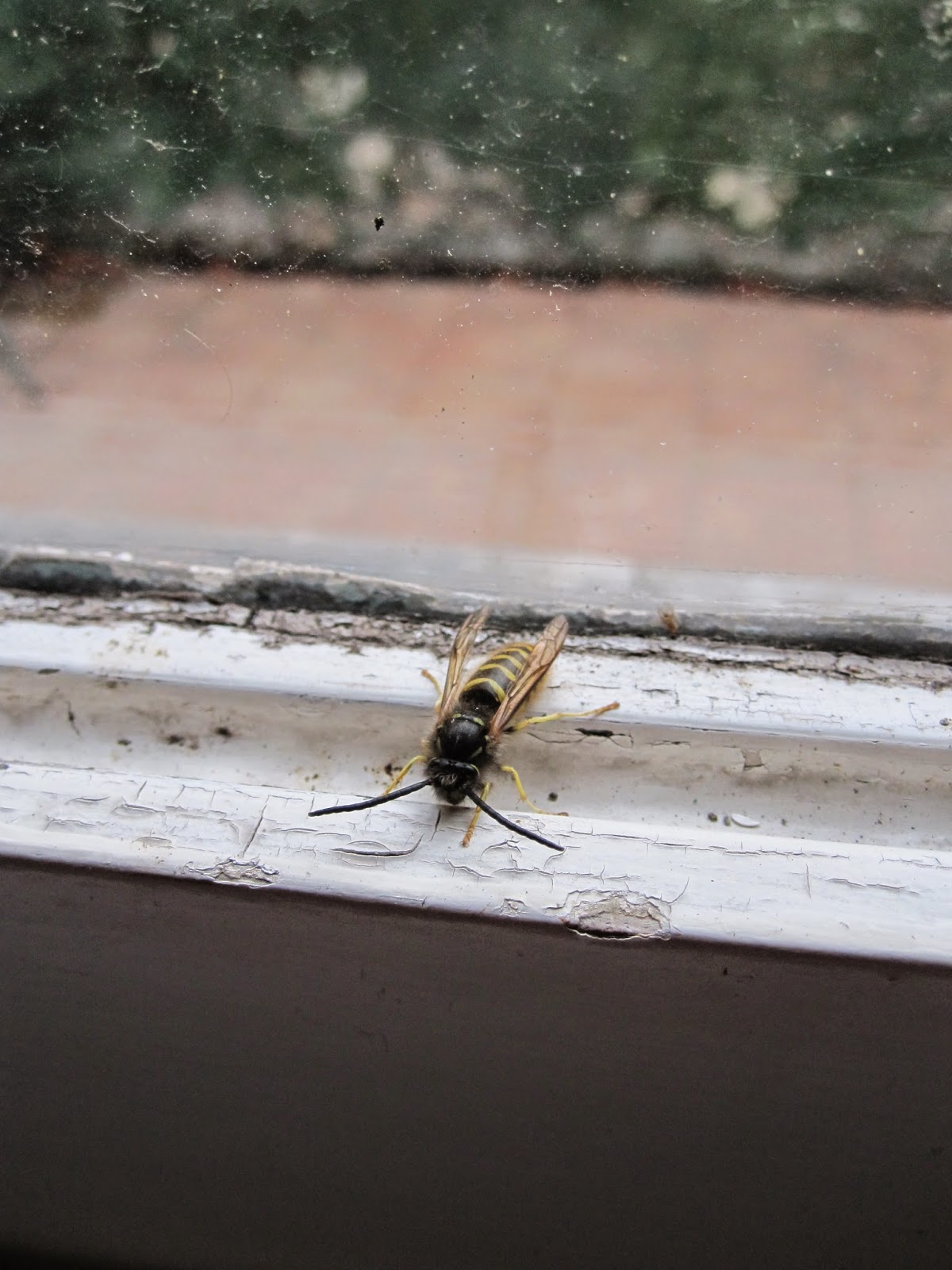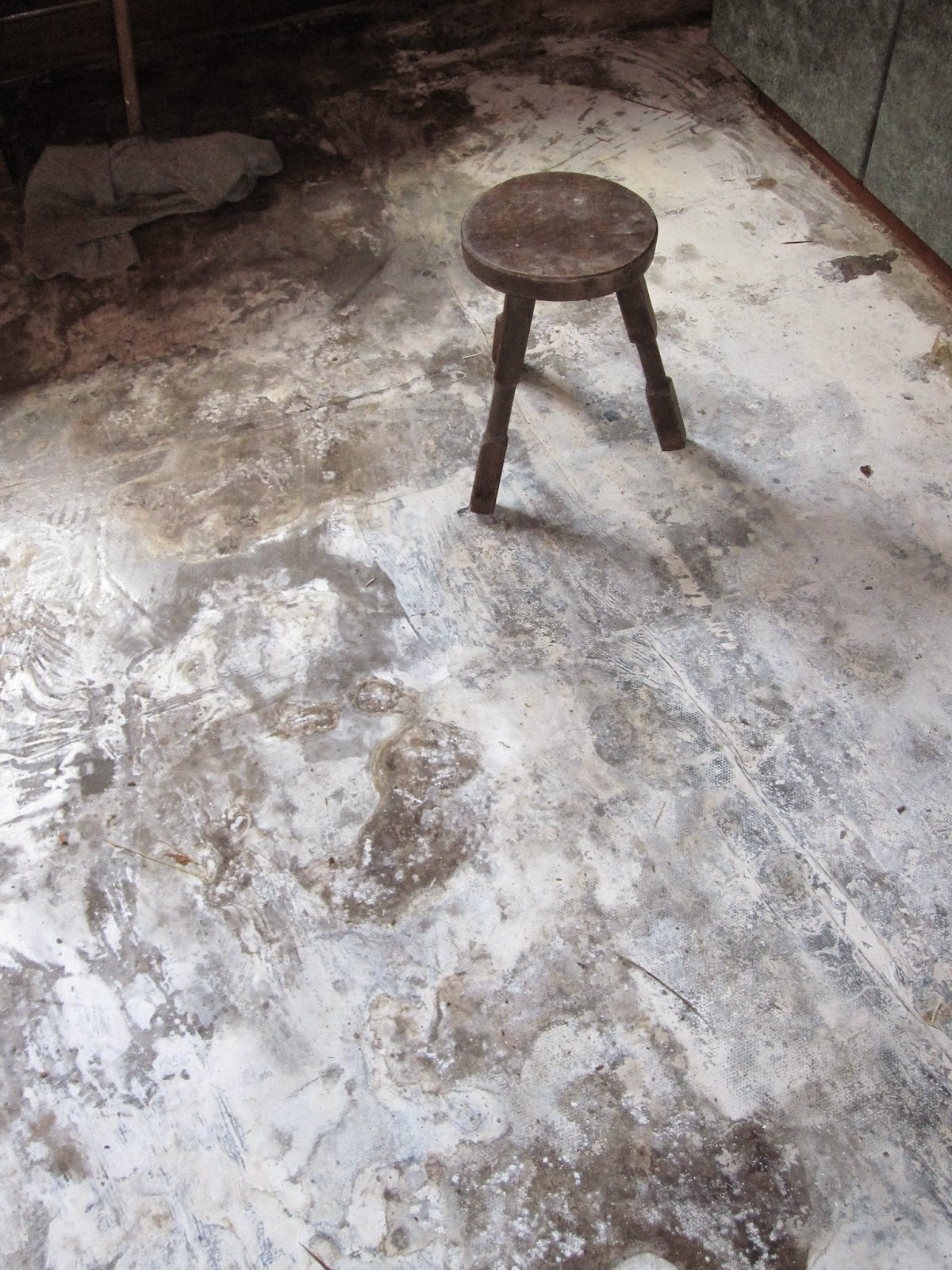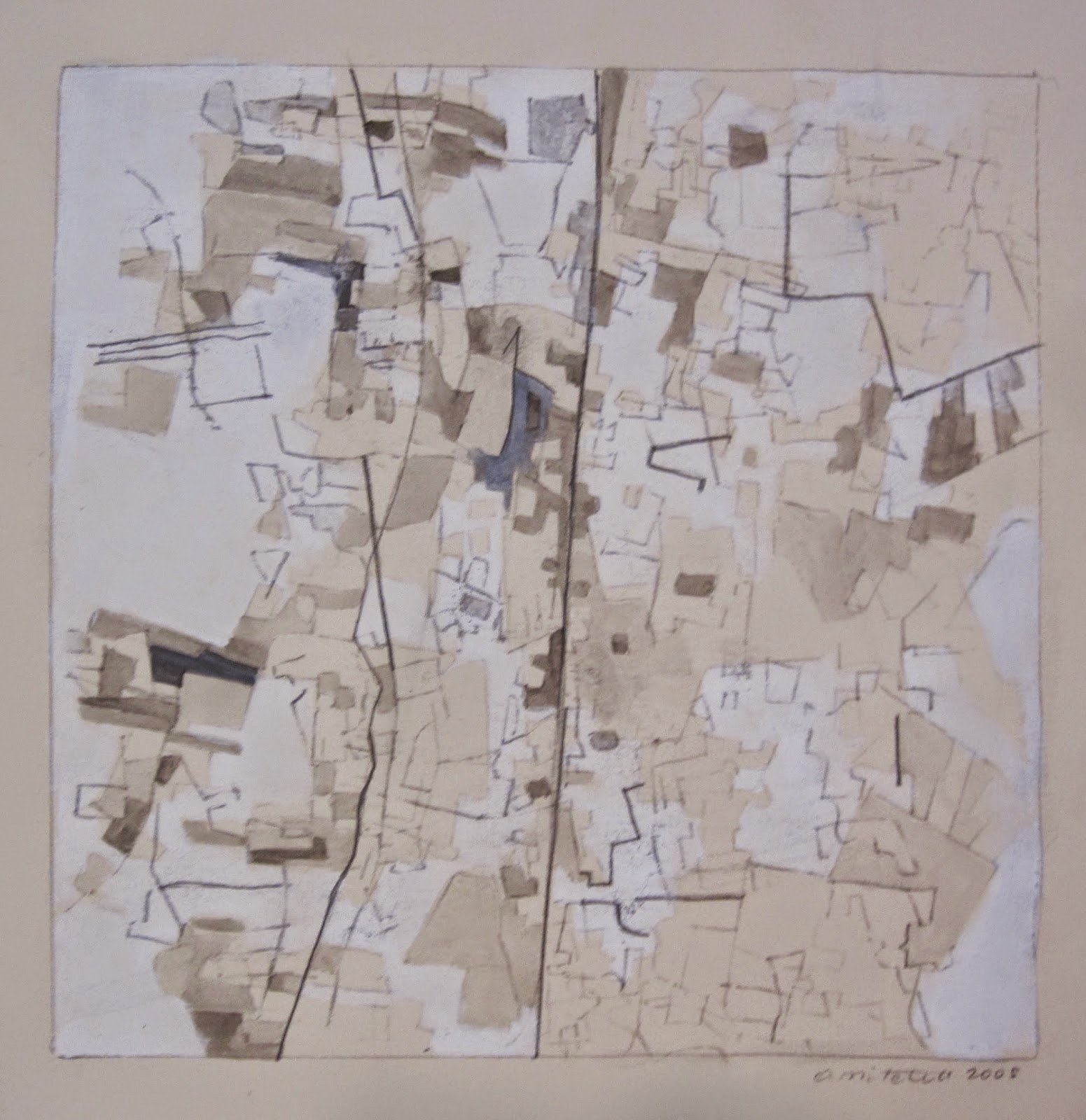 |
View of Sint Salvators from the repaired flat roof below.
|
Meanwhile I have scraped, sanded and primed the salvaged window of the Kleine Slaapkamer which should be good for a few years yet.
I continue to reflect on the four elements and how they arise and cease, both inside and outside the body, the house, the city and in nature, the earth and space and how all of these are interconnected.
Re-reading Thoreau's account of how he lived at Walden Pond several passages have a particular resonance for me
'The gentle rain which waters my beans and keeps me in the house prevents my hoeing them, it is of far more worth than my hoeing. If it should continue so long as to cause the seeds to rot in the ground and destroy the potatoes in the low lands, it would still be good for the grass on the uplands and, being good for the grass, it would be good for me.'
'I go and come with a strange liberty in Nature, a part of herself'
'Shall I not have intelligence with the earth? Am not I partly leaves and vegetable mould myself ?'
This last especially when I am brushing leaves in the terrace..................
Meanwhile I continue to work on a series of small colourful acrylic paintings on panels prepared with gesso using masking tape and layers of overlapping paint. these small studies are simple and playful experiments, variations on elemental shapes, light and colour and I am happy to work intuitively reading each movement and gesture as it arises in relation to the accumulated previous ones.

The following 'collages' where revealed in the course of stripping the walls back to either plaster or masonry. Their colours have the faded elegance of 18th century silk.................




















































